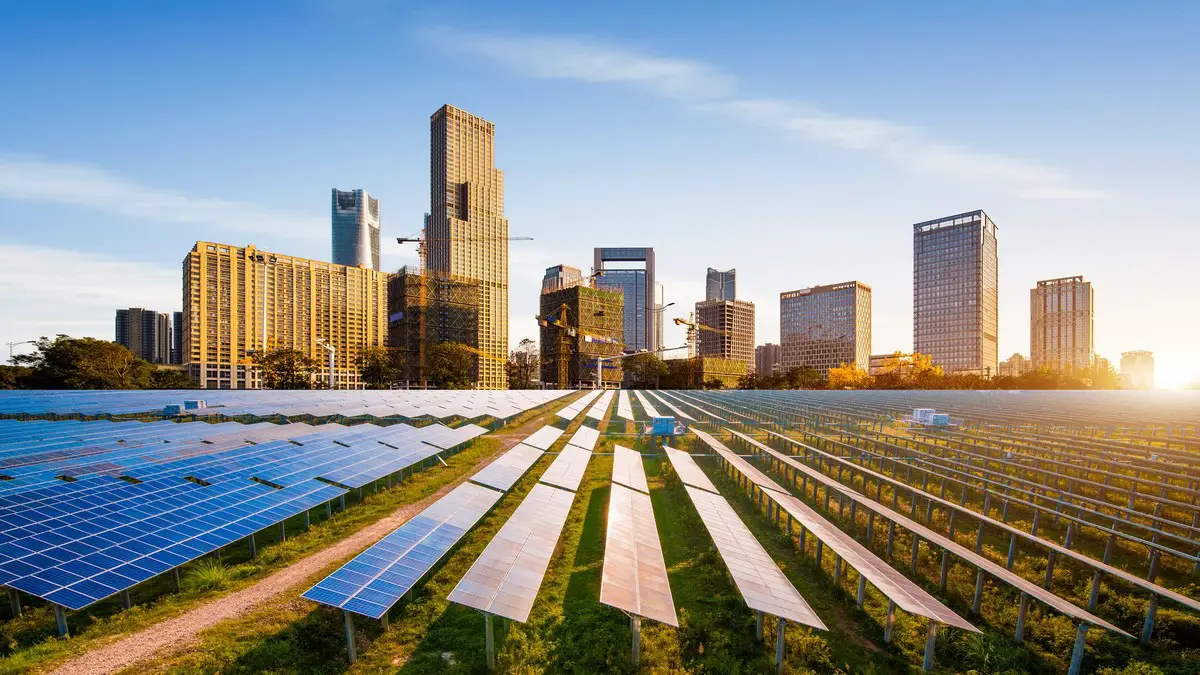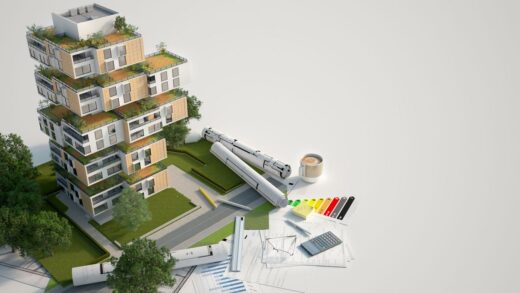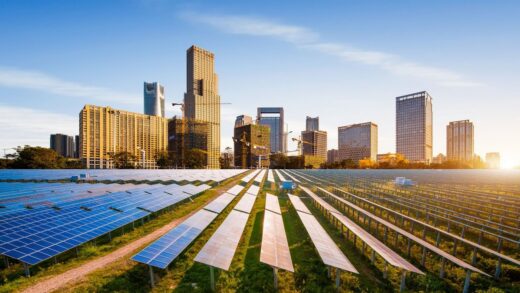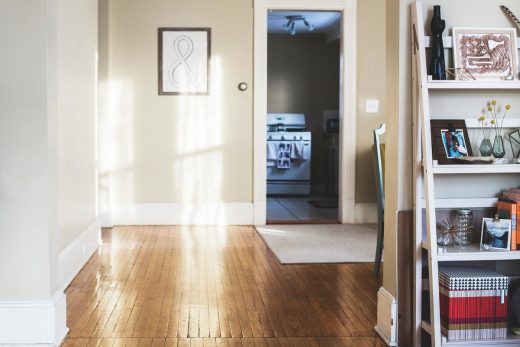How building design impacts energy efficiency guide, Cover advice, Vehicle Warranty guide
How Building Design Impacts Energy Efficiency
1 April 2022
Residential and commercial buildings consume a vast portion of the world’s energy. With the irreversible environmental risks, most designers and builders are now opting for sustainable construction.
Design plays a significant part in a building’s energy efficiency. Architecture focuses on aesthetics, function, and sustainability. Making smart decisions in planning and design is the first step toward minimizing the structure’s energy consumption without compromising its capacity.
That said, here’s how building design impacts energy efficiency:
-
Smart Appliance Management
Designing a structure should involve smart appliance management. It involves a holistic approach to planning and managing the appliances within the building instead of simply putting together independent systems.
According to https://widesky.cloud, smart appliance management is one way to minimize energy consumption without affecting function. For instance, all the lights and sensors within a building can be interconnected to a single monitoring system. This way, you can dim the lights in some areas when not needed.
Moreover, a holistic system can also help monitor overall energy consumption. For instance, a residential building may save all of its electricity and water usage data in a cloud. Then, the homeowners may also have access through an app to closely monitor how much energy they consume per month.
Building and industrial energy monitoring systems pave the way to mindful energy consumption. It enables the discovery of more sustainable strategies for maintaining the typical function of residential, commercial, and industrial buildings.
-
Efficient Thermal Regulation System
The building design has a significant impact on thermal regulation. One of the most energy-consuming parts of a building is its heat, ventilation, and air conditioning (HVAC) system. It’s a good solution for providing clean air within the structure. However, it may use an unreasonable amount of energy that innovative design features could save.
Sustainable architecture aims to lessen the carbon footprint of a building. Aside from using eco-friendly construction materials, it also involves avoiding energy wastage. This is why most modern buildings focus on maintaining and regulating the temperature and airflow without exceeding the ideal energy usage.
Thermal regulation doesn’t have to depend on high energy-consuming HVAC systems entirely. The architectural details can be designed to trap heat during the day and release it during nighttime to assist the heating and cooling system.
How to make a building breathe relies on its architectural and structural design. Skilled architects and engineers work together towards better energy efficiency from family homes to the world’s highest skyscrapers.
-
Daylight Utilization
One of the simplest ways to lessen a building’s energy consumption is by utilizing daylight. The sun provides heat and light to produce life. From this perspective, construction experts can replicate nature’s way of building harmony with the environment.
Utilizing natural light makes any structure more energy efficient. This strategy eliminates the need for artificial lighting during the daytime. People at home, office, or commercial spaces can still function without using too much electricity.
Big windows are a common feature of most modern architectural designs. It improves the atmosphere within a building by using sunlight as the primary light source during the day. The energy it produces can be stored through solar systems as an alternative energy source.
-
Climate-Appropriate Building Materials
The design determines the types of materials appropriate for a building. On top of sustainable, eco-friendly construction practices, architects and engineers also consider the location’s climate for better energy efficiency.
Proper insulation is one way to reduce the energy usage of a building. Most modern structures use triple-glazed windows for better temperature regulation. This type of window can maximize light while keeping excess heat or cold outside the building.
Considering the climate differences across the globe, builders in every region should follow their architectural and structural design standards. Every country implements its building code to ensure the safety and integrity of the structures, in line with the climate and other inevitable conditions.
However, the innovation of more sustainable, durable, and energy-saving construction materials never stops. Every year, more professionals discover modern ways to design and build structures with energy efficiency in mind.
-
Energy Production Strategies
Designing for energy efficiency focuses on lowering the energy consumption of a building. On top of that, most modern green structures are on their way to being self-sustaining by utilizing alternative energy sources.
One of the top choices for sustainable architecture is installing solar power systems. This strategy works well for locations with abundant sunlight. The sun provides free electricity, and modern technology comes up with more effective ways to harness its full potential.
Solar power systems are no longer exclusive to large-scale industries and commercial buildings. Even tiny homes can now be designed to enjoy the freedom of self-sustainability and energy efficiency.
Conclusion
As technology advances, builders devise new ways for design and construction. Energy efficiency is no longer a theory but an attainable goal. It’s the future standard of sustainable architecture.
Comments on this Guide To How building design impacts energy efficiency tips article are welcome.
Building Energy Articles
Energy Posts
Energy-Efficient Home Renovation Project
How can small businesses benefit from renewable energy
5 Ways to Conserve Energy at Home
Energy Sources: How To Save Money And Be More Nature Friendly
How Renewable Energy Empowers Consumers
What is an Energy Performance Certificate
Comments / photos for the How building design impacts energy efficiency advice page welcome








